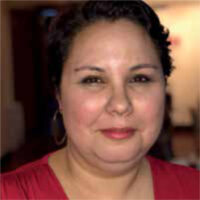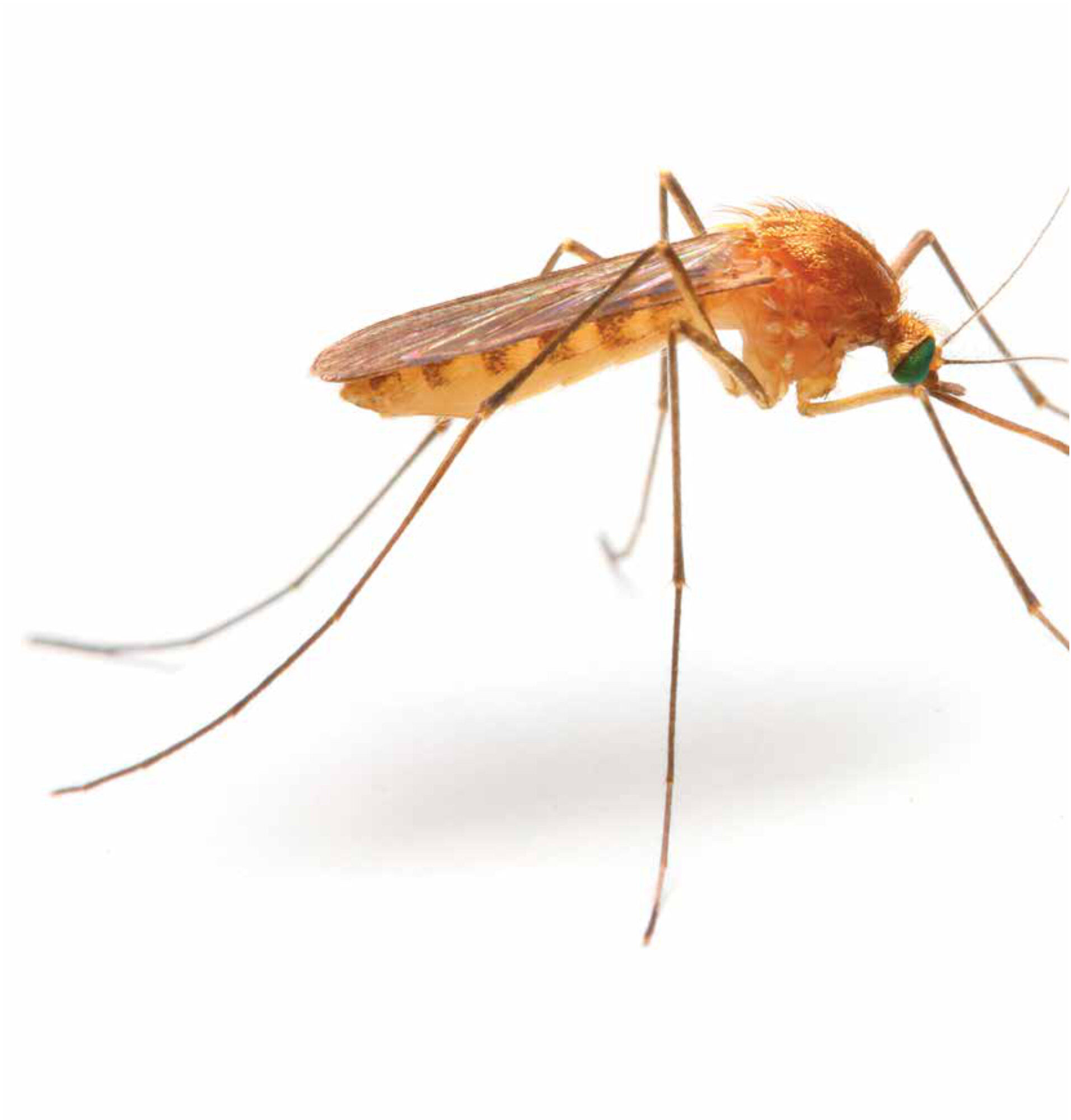Main content
Heike Geduld is one of the first emergency physicians trained in Africa, and she is currently a leader in emergency medicine (EM) in the region. In this interview, Heike shares her story, experiences and vision on this new and fast-growing specialty in medicine.
From first resident to head of department
Heike Geduld, born and raised in Cape Town, was among the very first group of residency trainees in emergency medicine on the African continent. Though the medical system in South Africa in those days (in 2004) was fairly advanced, EM as a speciality tended to lag behind. For Heike it was quite a challenge being in that first group. ‘We had no idea what we would get into, but I felt that EM was really important, particularly in the African context with a high burden of HIV, TB and trauma. That was the area in which we could make the biggest difference, we thought. And in addition, for me personally, I really liked the idea that emergency medicine allows you to fix things quickly.’
From there, her career took off, as Heike after many years of presiding the African Federation for Emergency Medicine (AFEM) and the College of Emergency Medicine of South Africa – embarks on a new position as Head of Division of EM at Stellenbosch University.
Shared vision
Over the past 15 years, the speciality of EM has matured vastly although it is still fairly new. In her job with AFEM, Heike was responsible for training and systems development in emergency medicine. She also devoted much of her time to advocating for having an emergency physician in a medical facility and for training nurses in emergency medicine. ‘Emergency care appears quite costly to health managers, especially building supporting systems (from the community to the hospital), which makes advocacy quite challenging. We managed however to bring key partners from across Africa together around specific needs in EM and shared materials. Our strength was fostering this network and validating the work of partners in their respective countries.’ For Heike this was one of the main successes of AFEM: the creation of a network and bringing committed people together around a shared vision of emergency care for all across Africa.
The relevance of data
Education has been very important in reaching this goal, Heike recalls. This is considered ‘low-hanging fruit, as it is measurable and it allows you to prove that you made a difference. There are thousands of educational projects in Africa, so one of our primary focus areas has been to bring people together, facilitate their collaboration, and harvest the educational projects.’
This harvesting was done by themselves, as they always ensured that the authors and collaborators were Africans and not only visitors from high-income countries. The personality of people working in EM helped to get things done, as according to Heike ‘We are people who are often quite willing to push ourselves, take chances and give things a go.’
This attitude was important and proved useful in publishing on EM in Africa, because as Heike underlines ‘One of the things we were very aware of from the start is that you can’t build and advocate for a system unless you have data. That is what ministries want, and this needed to be produced by people on the ground. So when you train people to take on this role as EM nurse or pre-hospital provider or emergency physician, you have to teach them how to do the research and to present it in a way that actually allows them to provide advocacy. For EM to develop, everyone who is a new trainee is a future leader.’
And the harvesting continues…
In a relatively short time span, AFEM has published two handbooks on acute and emergency care – geared to LMIC settings, [1] their Journal (AFJEM, African Journal of Emergency Medicine) has received Pubmed registration, and the AfCEM conferences held every two years attract hundreds of participants. As an educator, Heike holds great pride in having been an implementation partner of the WHO in their Basic Emergency Care (BEC) course. The course is for providers having to deal with emergency care in limited resource settings. There have been pilots in Uganda, Tanzania, and Asia, and the course is open-source available. [2] Heike was one of the editors, and it was one of ‘those personal dreams to be involved in something way bigger than the things that I can do day to day.’
Dealing with em in the community
In places where emergency medical service (EMS) is not formalised, it is important to educate the lay person and enable people to respond to emergencies in a sensible way. To support this, AFEM developed the Community First Aid Responders (CFAR) project in which the community is trained in firstly recognizing emergencies, and secondly knowing what to do when they occur. Building a good EMS is building a good community response system. The CFAR curriculum includes basic components on safety and personal protection, on how to stop bleeding, and basic splinting with things that are lying around. The context is important, as Heike explains. ‘When we started educating taxi drivers in Madagascar, the taxi drivers asked if we could also teach them how to deliver babies. Because there is no prehospital system, they are the ones driving patients to hospitals, and they were sometimes delivering babies themselves! That never crossed our mind!’ Besides the context, culture and acceptance of emergency care matter, but also much depends on the system and resources. An example is how to deal with cardioplumonary resuscitation (CPR) in a low-resource setting, or if there is debate on the issue, for example on whether to perform CPR on an elderly person. In some cultures, ‘People will actually say it is important that you do CPR on elderly patients as they are the soul of the community.’ Examples like this show the relativity of ‘common views’ when considered in a specific context.

The future of emergency medicine in Africa
Emergency medicine training took off over the past decade, with ten countries across Africa now providing this training (South Africa, Botswana, Tanzania, Ethiopia, Egypt, Sudan, Ghana, Rwanda, Uganda and Mozambique). This is a good development, though Heike hopes to see more education programmes across Africa – particularly francophone countries. In addition, ‘There is a need to focus on formalising training of nurses and other care providers in EM, alongside improvements in prehospital care, and of course we need consolidation of the existing systems.’
A word of advice
One of the tips Heike would give Dutch MDs coming to work in emergency medicine in Africa is to be culturally sensitive and aware of the context. ‘I do think that there are fantastic experiences you can have as an emergency care provider in an LMIC. We have very complicated cases, but there is also this experience of being part of something that is both challenging and incredibly uplifting. EM in Africa is very uplifting, because there is the chance to do something in a space where very few people are involved. So the things you do can make a big difference. There are quite a lot of places that actually need people to come and teach.’
With these words, and an invitation to participate in the upcoming conference on EM in Cape Town in November (www.emssa2019.co.za), we concluded an interesting conversation about emergency medicine in Africa. Those who cannot wait until November and are interested in any of the programmes Heike is involved in, can contact her directly (heike.geduld@afem.info).
References
- AFEM handbook of Acute and Emergency Care, Oxford University Press
- WHO Basic Emergency Care course: www.who.int/emergencycare/publications/Basic-Emergency-Care/en/



















































